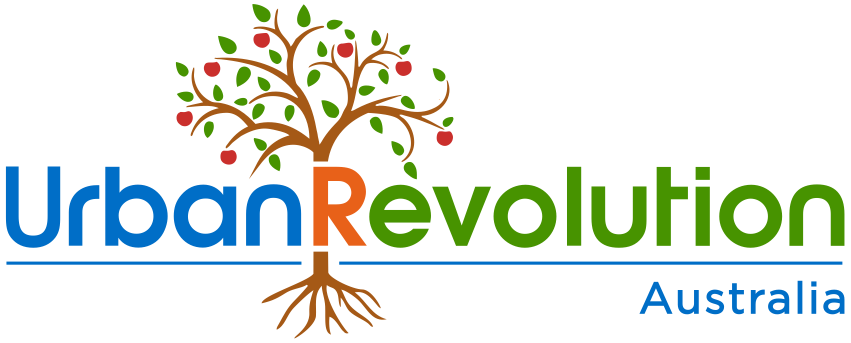As part of our commitment to treat every month like it is Plastic Free July, we explore the issues of plastic pollution and why we need to reduce our reliance on single-use plastics.
Marine plastic debris (MPD) is a problem that is poorly understood and growing exponentially. The world’s oceans are teeming with a myriad of different shapes, sizes, and types of plastic which are causing harm to marine life and may pose a risk to human health, as toxic chemicals ingested by aquatic biota progress up the food chain. Particles are generally referred to as being either nanoplastics (< 100nm), microplastics (< 5mm), or macroplastics (> 5mm). Microplastic debris has only been recognised as a pollutant since the start of this century and there is scant insight into the long-term impact it will have on the food chain.

What are the sources of marine plastic debris?
Every year millions of tons of plastics, of various sizes, enter watercourses and oceans from countries all over the world. However, only recently has microplastic pollution been the focus of research and discussion. Microplastics are broadly recognised as plastics of a size < 5mm, and they can be further categorised as either primary or secondary, depending on the origin. Primary microplastic pollution can stem from: microplastic “scrubbers”, industrial emissions, airborne fibres, and maintenance of plastic products; amongst others. Researchers describe scrubbers as microplastic beads used, for example, in personal hygiene products, air-blasting, and as a cutter in drilling fluids used by the oil and gas industry. The degradation of larger plastic debris, through exposure to sunlight and weathering, results in secondary microplastics and even smaller nanoplastics (< 100nm).
Due to the small size of microplastics, it is almost impossible to identify their exact source. A research study by Sharma and Chatterjee (2017) attributed sewage (from cosmetics), poorly handled waste, industrial pollution, and human marine activities as the pathways for MPD to enter the ocean. These scientists also suggest that coastal tourism, the marine industry (including oil and gas production and shipping), and recreational activities may also play a part.
Which parts of the world cause the most concern?
The highest concentrations of marine plastic debris are found on the subtropical gyres and close to the continental coasts. The polar regions are also an area of extremely high concentrations and recent concern. Currents around the continental shelves tend to trap marine plastic litter from land origins, whereas litter in the subtropical gyres is likely to originate from the litter that escapes from the continental shelves or marine activities.

Plastic polluting the waterways of Ho Chi Minh City in Vietnam
Developing countries such as Bangladesh, China, Indonesia, Pakistan, Thailand, and Vietnam have high levels of plastic debris on their continental coasts and account for >50% of marine plastic. Sharma and Chatterjee (2017) note that regulations on microplastic waste management are yet to be created in several developing counties, which may contribute to the issue. Researchers recommend enhancing infrastructure and waste management in these regions.
Worryingly, microplastics are found at every level of the marine environment, and the size makes it both accessible to small marine biota, and difficult to extract in cleaning efforts. Furthermore, due to the resilient characteristic of plastic, which makes it attractive for many uses, the degradation of plastic in the environment is very slow and it is likely to endure for several decades or centuries. Researchers observe that worldwide plastic production is increasing exponentially, and since the production of plastic resin tends to be a marker for plastic waste generation, they predict MPD to increase to around 250 million tons by 2025. As the level of marine plastic pollution increases, so too will its impact on marine biota.
What effects do microplastics have on marine ecosystems?
Through entanglement, ingestion, and the absorption of toxic chemicals, MPD is causing harm to marine biota and as these chemicals progress up the food chain it is likely to affect humans as well. Since the start of the 1970s, ingestion and entanglement of macro-plastic pollution by marine animals has been recognised as an issue of MPD. Fish that use colours to identify prey may mistake MPD for food, and marine animals may become entangled with fishing nets or other plastic debris. The ingestion of plastic is rarely immediately fatal, but it can block the intestinal tract, reduce feeding, inhibit hormone function, reduce fertility, and reduce gastric enzyme secretion. Of critical concern is the impact of MPD on marine turtles, which are acutely prone to entanglement and ingestion.

In studies of zooplankton, microplastics were found (in some cases) to migrate from the gut into other organs. During digestion, a plastic’s additives are released which presents a risk of poisoning that is compounded in nanoplastics, which easily absorb persistent organic pollutants (POPs) from the ocean surface due to their high surface area to volume ratio. When microplastic pollution is ingested it creates several pathways by which it permeates the various levels of the marine ecosystem. The digestion processes reduce the size of particles, making them available to smaller organisms, and the trophic feeding of organisms increases microplastic levels through the food chain.

Researchers suggest that about 80% of the estimated plastic pollution in the ocean remains unaccounted for and they propose that this missing portion may be engaged in the food chain. This view is substantiated by the many studies which demonstrate the high rates of occurrence for ingestion of marine plastic in marine biota. Furthermore, micro plastics have been found in seafoods sourced from markets in Indonesia, the USA and Europe. The hard surfaces of plastics also provide a means for microbes, which require flotsam, to migrate to previously un-accessed areas of the ocean.
The apparent and devastating harm documented in many studies of marine biota create a compelling argument for action. Plastic Free July® is a global movement that helps millions of people be part of the solution to plastic pollution – so we can have cleaner streets, oceans, and beautiful communities. Will you be part of Plastic Free July by choosing to refuse single-use plastics? Check out our sustainable living articles and ideas to help you (and millions of others around the world) reduce single-use plastic waste everyday at home, work, school, and even at your local café. Start with one room of your home, such as reducing single use plastic in your bathroom. There are also some great tips on how to reduce your single use plastic consumption when shopping for groceries and how to store food without plastic at home. Best of all, being part of Plastic Free July will help you to find great alternatives that can become new habits forever.
What will you change this month so every month is like Plastic Free July?
Micro Plastic References
Clark, J., Cole, M., Lindeque, P., Fileman, E., Blackford, J., Lewis, C., & Galloway, T. (2016). Marine microplastic debris: A targeted plan for understanding and quantifying interactions with marine life. Frontiers in Ecology and the Environment, 14(6), 317-324.
Cole, M., Lindeque, P., Halsband, C., & Galloway, T. (2011). Microplastics as contaminants in the marine environment: A review. Marine Pollution Bulletin, 62(12), 2588-2597.
Jambeck, J., Geyer, R., Wilcox, C., Siegler, T., Perryman, M., Andrady, A., & Narayan, R. (2015). Plastic waste inputs from land into the ocean. Science, 347(6223), 768-771.
Li, W., Tse, H., & Fok, L. (2016). Plastic waste in the marine environment: A review of sources, occurrence and effects. The Science of the Total Environment, 566(567), 333-349.
Sharma, S., & Chatterjee, S. (2017). Microplastic pollution, a threat to marine ecosystem and human health: A short review. Environmental Science and Pollution Research International, 24(27), 21530-21547
Thiel, M., Luna-Jorquera, G., lvarez-Varas, R., Gallardo, C., Hinojosa, I., Luna, N., & Zavalaga, C. (2018). Impacts of marine plastic pollution from continental coasts to subtropical gyres—Fish, seabirds, and other vertebrates in the SE pacific. Frontiers in Marine Science, 5.
Wright, S., Rowe, D., Thompson, R., & Galloway, T. (2013). Microplastic ingestion decreases energy reserves in marine worms. Current Biology, 23(23), 1031-1033.






Leave a comment (all fields required)